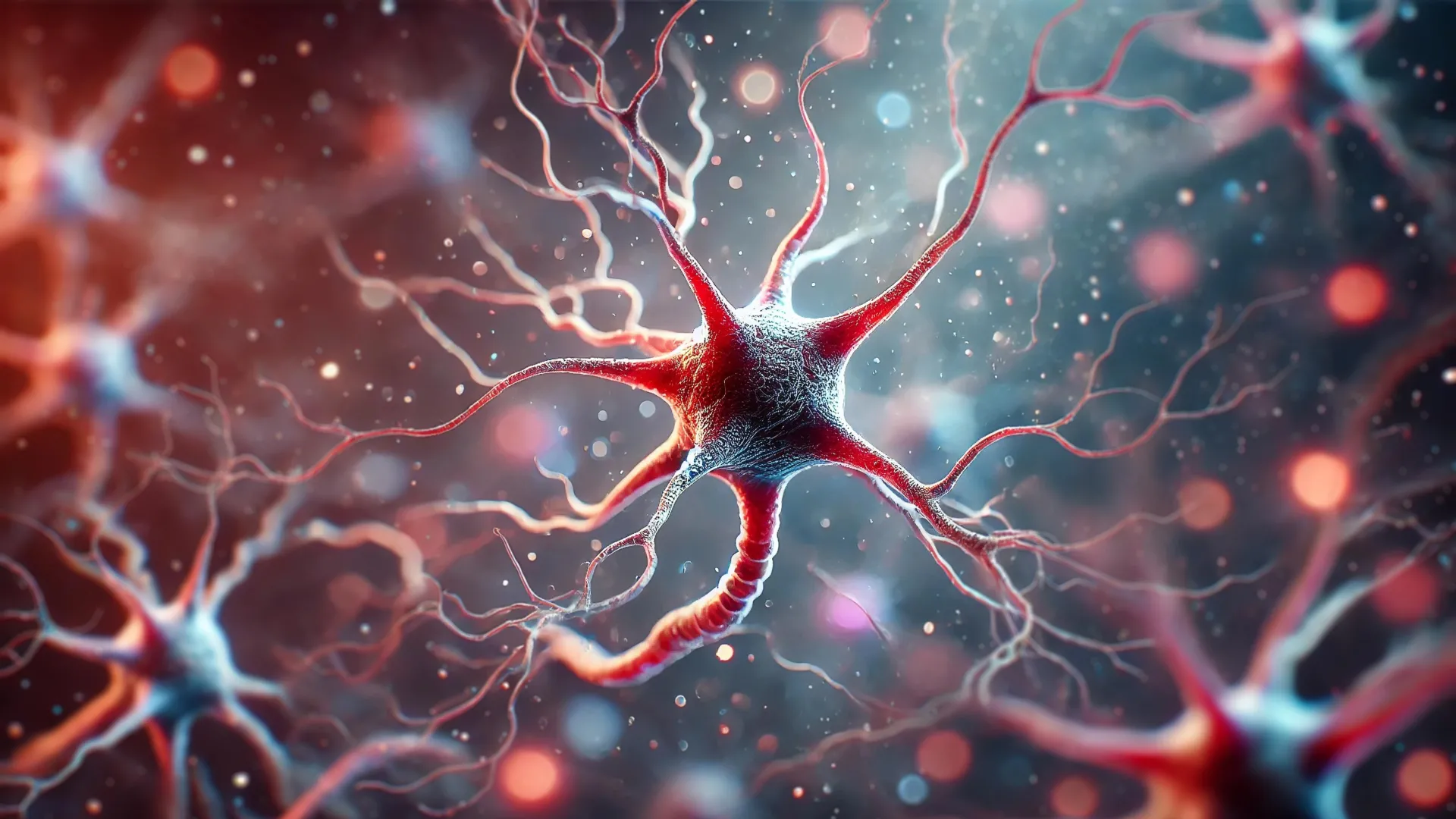A study conducted by researchers at Osaka Metropolitan University reveals that lecanemab, an amyloid-clearing drug designed for Alzheimer’s treatment, does not enhance the brain’s waste clearance system in the short term. Published on November 11, 2025, the findings indicate that addressing amyloid plaques alone may not be sufficient to restore brain functionality in Alzheimer’s patients.
Leading the research, graduate student Tatsushi Oura and Dr. Hiroyuki Tatekawa discovered that, despite the drug’s intended effects, nerve damage persists even after treatment. Patients’ natural mechanisms for clearing waste from the brain do not show significant recovery shortly after receiving lecanemab. This highlights the complexity of Alzheimer’s and the necessity for treatments that target multiple biological pathways simultaneously.
The Compounding Challenges of Alzheimer’s Disease
Alzheimer’s is recognized as the most prevalent neurodegenerative disorder, yet it poses significant treatment challenges due to its multifactorial nature. One critical aspect of the disease is the accumulation of the protein amyloid-β (Aβ) within the brain, which disrupts normal cellular functions. In healthy individuals, a system known as the glymphatic system helps maintain brain health by circulating cerebrospinal fluid to clear out metabolic waste, including Aβ. This system relies on glial cells, which facilitate the removal of toxins and waste products.
In Alzheimer’s patients, the buildup of Aβ contributes to arterial stiffness, impeding the flow of fluids essential for waste clearance. This results in a cascade of neurodegenerative effects, exacerbating the symptoms of the disease. While lecanemab aims to reduce Aβ levels, the latest study reveals that it does not restore the glymphatic system’s function in the short term.
Study Findings and Implications
To evaluate lecanemab’s impact, the research team assessed the glymphatic system in patients before and after treatment, employing a specialized imaging measure known as the DTI-ALPS index. Contrary to expectations, there was no significant improvement in this index three months post-treatment. These results suggest that although anti-amyloid drugs like lecanemab can decrease plaque accumulation and slow cognitive decline, they may not be adequate for restoring lost brain function.
Oura noted, “Even when Aβ is reduced by lecanemab, impairment of the glymphatic system may not recover within the short term.” This indicates that by the time Alzheimer’s symptoms manifest, significant neuronal damage and waste clearance issues are likely well established and challenging to reverse.
The findings underscore a critical shift in how treatments for Alzheimer’s are approached, emphasizing the need for therapies that address a broader range of biological challenges rather than focusing solely on amyloid plaque removal.
Future research aims to explore various factors such as age, disease stage, and the extent of white matter lesions to understand better the interplay between lecanemab treatment and the glymphatic system’s functionality. Oura expressed hope that this work will inform optimal treatment strategies for Alzheimer’s patients.
The study was published in the Journal of Magnetic Resonance Imaging, contributing to the growing body of knowledge on Alzheimer’s disease and the complexities surrounding its treatment.
